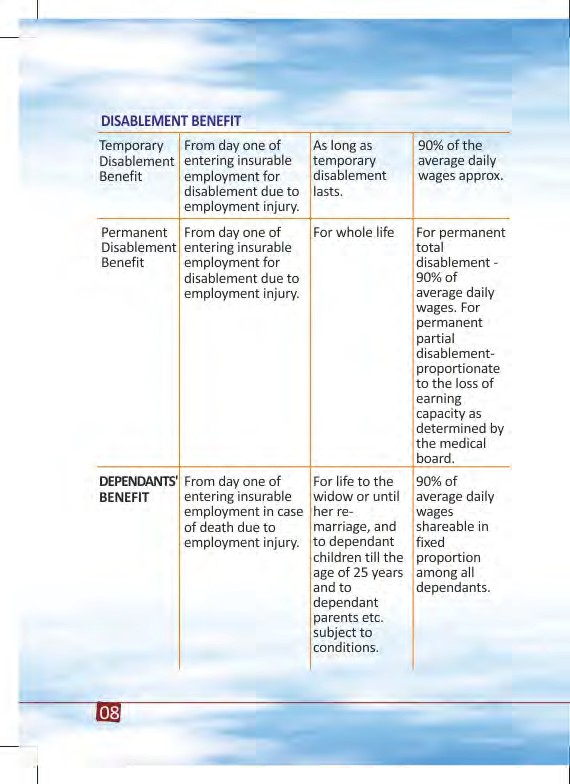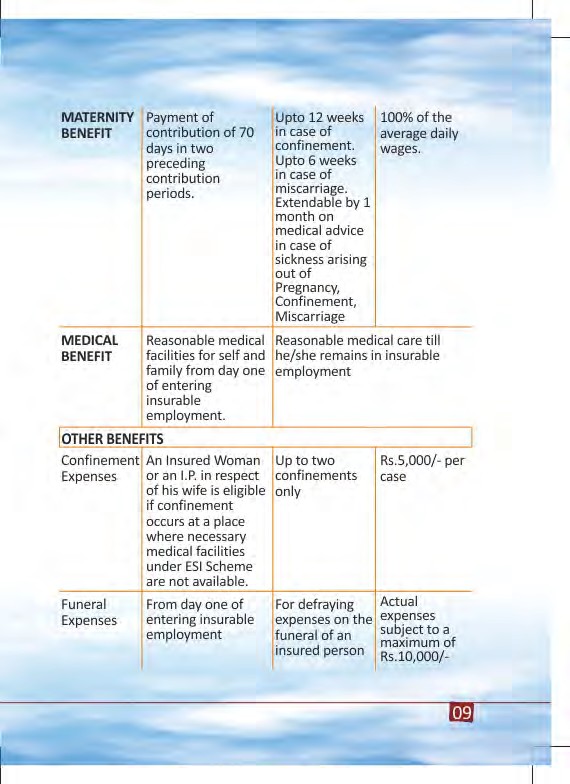After the backlash against the tax on the Employees’ Provident Fund (EPF), the government should get ready for opposition to its proposal allowing EPF members to switch to the New Pension System (NPS). Only this time the government may be unfairly targeted because the switching rules it has framed for EPF and NPS are quite flexible and subscriber-friendly.
The proposal to switch from EPF to NPS was announced in last year’s Budget. This year’s Budget has extended a one-time tax exemption to such switching. A legislation to amend the Employees’ Provident Fund & Miscellaneous Provisions Act has already been framed and is lying with the Law Ministry.
The amendment allows EPF subscribers to make a one-time switch to the NPS. Within 30 days of applying, the entire balance in his EPF account will be transferred to the NPS. Opting for the NPS would also mean the individual exits from Employees’ Deposit LinkedInsurance as well as the Employees’ Pension Scheme (EPS). The Bill is silent on what this means for the amount mandatorily deducted from the employer’s contribution and put into the EPS.
But the best part about the proposal is that once he shifts to NPS, the employee will have a one-time chance to return to the EPF fold. “It’s a progressive legislation which offers a lot of flexibility to the subscriber,” says Manoj Nagpal, CEO of Outlook Asia Capital.
However, on rejoining the EPF, the subscriber will be treated as a new entrant and will not be eligible for benefits he might have accumulated in his previous tenure in the EPF. Also, after this ghar wapsi, the subscriber will not have the option to go back to the NPS.
The amendment also seeks to ensure that employers don’t force a particular scheme down the throats of employees. “No employer shall force any employee to opt for any particular scheme as a condition of employment or service,” states the amendment.
However, even though the amendment gives a lot of flexibility, there is a lot of opposition against this move. The government could not convince EPFO board members to agree to the move. “We are totally against the portability move,” says Virjesh Upadhyay, all-India general secretary of the Bharat Mazdoor Sangh.
Trade unions are opposed to the NPS because it is a defined contribution scheme, unlike the defined benefit schemes like the EPS and the Family Pension Scheme (FPS).
“These schemes are not comparable,” says Upadhyay. Unlike the NPS, where you have to buy annuities for pension, the pension from EPS and FPS are based on the last drawn salary and tenure of contribution.
Though the switching facility is yet to become a reality, financial planners and tax experts say that switching to NPS may not be a good idea. This is because the proposed tax on 60% of the EPF (if not rolled back) will apply only for contributions made from April1, 2016. The existing corpus will remain tax free. On the other hand, 60% of the NPS is still under the EET regime. “Don’t shift your existing EPF corpus to NPS till you are sure that the money will also remain tax free in the NPS,” says tax expert Balwant Jain.
“The purpose to tax EPF withdrawals was to encourage a pensioned society. However, in view of the representations made to the government against the proposed tax, I withdraw it” finance minister Arun Jaitley informed the Lok Sabha on Tuesday.
However, the tax proposal for NPS scheme has been retained.
Jaitley in his Budget for 2016-17 had proposed that 60 per cent of the withdrawal on contribution to employee PF made after April 1 this year will be subject to tax. This would apply to superannuation funds and recognised provident funds including EPF.
The proposal has come under attack from parties, unions and other stakeholders. Stepping up pressure on the Centre, Congress vice-president Rahul Gandhi had said he will continue to fight till it rolls back the proposal for levying tax on EPF withdrawals.
Following a backlash from employees union and political parties, Jaitley had already signalled willingness to reconsider the proposal.
“There has been some reaction. When the debate comes up in Parliament, I will give the government’s response as to what decision we finally take,” he had said earlier this week
- Deduction is available to Individual Assessee only.
- He has not received HRA(house rent allownace ) from his employer if he is a salaried person otherwise he should be self employed.
- He has paid house rent for his own residence.
- He or his spouse or his minor child or HUF(of which he has a member) should not have a residential house where he ordinarily resides or performs duties of his office or employment or carries on his business or profession;
- He should not have a house owned by him, which is under his occupation and value of that is not being taken as nil under section 23(2)(a) or 23(4).
- A declaration on Form 10BA should be submitted .
- Rs 5000 per month wef 01.04.2016 (2000 per month up to 31.03.2016).
- 25 % of total income
- the excess of actual rent paid over 10 % of total income
@courtesy http://www.simpletaxindia.net/
However rebate under section 87A has been increased to 5000 from 2000/- earlier.But 87A relief is available only to persons having taxable income up to 500000/- (income after all deductions).
So if your Taxable income is more than 5 lakh then no benefit is available to you.
Further if your income is more than one crore then surcharge has been increased to 12 to 15%.

|
Income Slabs
|
Tax Rates
|
|
Total income up to Rs. 2.5 Lac
|
0% Tax
|
|
Total income above Rs. 2.5 Lac and below Rs.5 Lac
|
10% on amount exceeding Rs. 2.5 Lac
|
|
Total income above Rs. 5 Lac and below Rs.10 Lac
|
20% on Income exceeding Rs. 5 Lac + Rs. 25,000
|
|
Total income more than Rs. 10 Lac
|
30% on Income exceeding Rs. 10 Lac + Rs. 1,25,000
|
|
Income Slabs
|
Tax Rates
|
|
Total income up to Rs. 3.00 Lac
|
0% Tax
|
|
Total income above Rs. 3.00 Lac and below Rs.5 Lac
|
10% on amount exceeding Rs. 3.00 Lac
|
|
Total income above Rs. 5 Lac and below Rs.10 Lac
|
20% on Income exceeding Rs. 5 Lac + Rs. 20,000
|
|
Total income more than Rs. 10 Lac
|
30% on Income exceeding Rs. 10 Lac + Rs. 1,20,000
|
* u/s 87A the Individual having taxable income up to Rs. 5 Lac , can claim rebate, on the Actual Tax amount subject to a maximum of Rs.5,000 (earlier limit was 2000)
Where the Taxable Income exceeds Rs. 1 crore, Surcharge @ 15% (earlier 12%)of Income tax is applicable
|
Income Slabs
|
Tax Rates
|
|
Total income up to Rs. 5 Lac
|
0% Tax
|
|
Total income above Rs. 5 Lac and below Rs.10 Lac
|
20% on Income exceeding Rs. 5 Lac
|
|
Total income more than Rs. 10 Lac
|
30% on Income exceeding Rs. 10 Lac + Rs. 1 Lac
|
Where the Taxable Income exceeds Rs. 1 crore, Surcharge @ 15%(earlier 12%) of Income tax is applicable
@courtesy http://www.simpletaxindia.net/
From 10th of Feb 2016 Will apply to all banks who employ 20 or more if they were not covered under Contributory Provident Fund or any other similar scheme.
Respective notification is enclosed for your ready reference.
PF applies to banks employees














